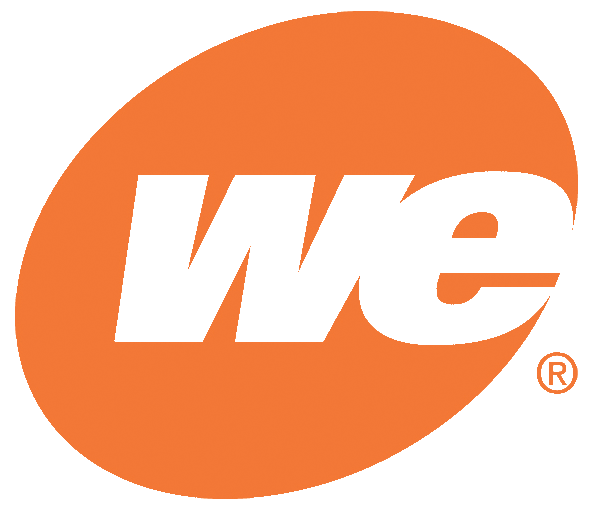Jim Beckmann, director of o perations for Glendale–River Hills and Maple Dale–Indian Hill School Districts, was determined to maximize the performance of his school buildings and reduce the overall cost of operations, improve the health of the students and staff members, and lower the schools’ environmental impact. Through incremental changes – large and small – Beckmann resolved to improve student outcomes and lessen the burden on the districts’ taxpayers.
perations for Glendale–River Hills and Maple Dale–Indian Hill School Districts, was determined to maximize the performance of his school buildings and reduce the overall cost of operations, improve the health of the students and staff members, and lower the schools’ environmental impact. Through incremental changes – large and small – Beckmann resolved to improve student outcomes and lessen the burden on the districts’ taxpayers.
Today Jim Beckmann (second to right in photo) oversees operations for two LEED certified school buildings. In April of 2013 Glen Hills Middle School (v3 LEED), located just north of Milwaukee in Glendale, Wis., became the first pre-existing school to be named Gold-LEED certified. This was no small task, as the school, a 178,000 square foot brick building built in 1970, is air conditioned, has a heated pool, and no operable windows. A year later in 2014, Maple Dale School, in Fox Point, Wis. just to the east of Glendale, was the first school in the World to be certified Gold LEED EB v4.
LEED certification was not Beckmann’s original goal; he wasn’t initially certain that the dollars spent certifying the schools would pay off in the end. However, when Glen Hills Middle School’s ENERGY STAR® rating came back as a 65, Beckmann was convinced that the schools could do better, and following LEED protocol could help him achieve that objective.
At first he and his team went to work improving Glen Hills Middle School. The first year they upgraded dampers and air handlers and sought to find the right mix of indoor and outdoor air, efforts which resulted in a jump in their ENERGY STAR rating to a 91. The savings from that first year, and a U.S. Green Building Council grant, offset the cost of applying for LEED certification.
Saving energy, reducing consumption, improving health
The districts’ efforts have resulted in energy savings, reduction in water usage and improved resource stewardship leading to healthier, more efficient school buildings – and in turn healthier staff and students, which was always Jim Beckmann’s primary goal.
The schools use toxin-free cleaning products, purchase post-consumer recycled products (a total of 20% based on cost), promote clean air, and take advantage of natural light whenever possible.
The school has saved money by reducing water consumption through low flow, automatic shut-off faucets and lowered natural gas and electricity usage by turning down the thermostat in the winter and running the air conditioning less during the warmer months. Additionally, Glen Hills Middle School uses a solar collector to heat the school’s pool in the spring and summer, saving the district roughly $5,000 per year.
These efforts also provide a learning opportunity for the Glen Hills students. Mr. Beckmann teaches the school’s fifth grade classes the basics of how the solar collector that is housed on the roof of the building heats the school’s pool. He explains what a BTU is and how these units are measured. He shows them the piping and supply lines, and they see how the inner workings of the entire system operate together to heat their pool.
The students have also conducted a thorough waste audit of their school. Students at Glen Hills and Maple Dale collected all of the garbage and recycling from an entire day and dumped it in the parking lot. Sorting through the waste, students saw what was correctly disposed of and what was not, giving them a hands-on, minds-on lesson and a better understanding of the schools’ waste stream.
Sustaining the sustainable practices
Jim admits that it is easy to have lofty goals and ideas, but he says the hard work is maintaining the desire and energy to continue the efforts.
Of course, staff members play a major role in continuing the schools’ efforts. And, courses through the Wisconsin K-12 Energy Education Program (KEEP) have helped maintain an interest in, and ongoing education for, their efforts. In the spring of 2014, about a dozen teachers participated in NRES 634 School Building Energy Efficiency Education, which focuses on evaluating the energy use in school buildings and guiding PK-12 faculty, staff, and building and grounds personnel towards utilizing the school building as a learning tool for energy education. The course also requires teachers to write and implement energy action plans, giving them ownership of the direction of the school’s energy saving projects.
While the schools’ staff members and programs like KEEP play a vital role, Mr. Beckmann says that giving students the responsibility to take care of and monitor their buildings has been the key to sustaining their efforts. Glen Hills Middle School’s student-led Green Team judges the school’s classrooms, scoring each on energy usage, recycling, cleanliness of the room, and general appearance. This friendly competition serves as a reminder that every little action is part of the larger plan to improve the performance and environment of the entire school.
Jim admits that coordinating so many working parts takes commitment and partnerships, but says that districts like his are fortunate to have so many strong and dedicated groups that make energy education in Wisconsin a possibility.
